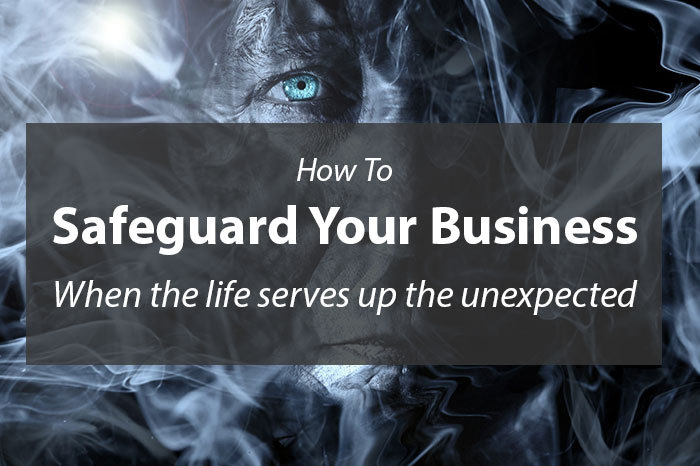How To Safeguard Your Business If The Unexpected Happens
- 360South
Mary, Wayne and John are co-owners of a successful business. John contracted a serious disease and died after a number of years. He left his share of the business to his wife, Betty.
Many years prior to John being diagnosed with the illness, the business had taken out $200,000 of life cover on each partner for use as Business Ownership protection. However, no Buy/Sell agreement was put in place. After John’s diagnosis, he was unable to obtain more life insurance.
Over the years, the business grew significantly where John’s share was valued at $780,000. The partners had not reviewed the insurance policies to maintain the cover levels in line with the value of the business. This left Mary & Wayne with a $580,000 shortfall
This presented a dilemma for Mary & Wayne. They couldn’t afford to buy out John’s share of the business, nor could they afford to obtain a loan for that purpose. This left them with a number of unpalatable options, including:
- Accepting John’s wife as a co-owner. The problem here is that Mary and Wayne do not get along with Betty… and Betty has no skills to help in the business. So Mary & Wayne would be doing all the work and giving a third of the profits to Betty.
- Or Mary & Wayne could find a third party to buy the business and use that money to pay out John’s wife – but there aren’t any obvious takers that Mary & Wayne know already. So they would have to take on a new partner who they don’t know – possibly leaving them vulnerable to someone they won’t get on with – either personally or professionally.
- Another option is to sell the business and pay out John’s wife from the proceeds. The problem here is that, without John, the value of the business is a lot less. It is not the best time to be selling. In any case, Mary & Wayne both love the business and don’t want to sell.
- The final option is to get Betty to agree to receive the initial $200,000 and then receive regular payments under a vendor terms arrangement. The problem here is that Mary & Wayne are effectively in business with Betty until she is finally paid out. This also means that the practice needs to generate Betty’s payment and pay it in addition to the existing costs of running the business.
WHAT HAPPENED?
Mary & Wayne had numerous meetings with Betty and rather than the business folding, Betty’s lawyers agreed to the following:
- Receive the $200,000 insurance payout as an initial payment
- Receive $9,000 per month, indexed each year for inflation for the next five years.
- At the end of the five years, subject to a valuation of the business, the payments would continue or Mary & Wayne could pay a final lump sum.

A BETTER SOLUTION
It’s too late now, but Mary, Wayne & John should have put a buy/sell agreement in place from day one. They could have funded it with an insurance policy that covers death and serious illness or disbursement. Plus they could have obtained a valuation of the business from their accountant annually and adjusted the insurance sums insured accordingly.
As a result, on John’s death, Mary & Wayne could have paid John’s wife the agreed amount and Mary & Wayne would then have owned the business outright.
Based on the following parameters:
- Mary age 44, Wayne age 42, John age 40
- Business valuation: $2,340,000
- Insurance cover required for Death, TPD & Trauma of $780,000 for each partner the annual premiums from a leading insurer (xx October 2011) for the insurance cover would be: Mary $4,691, Wayne $3,692, John $2,996.
That’s a total of $11,379 or just 0.49% of turnover.
Read More: Business Estate Planning and Why YOUR business NEEDS it!



